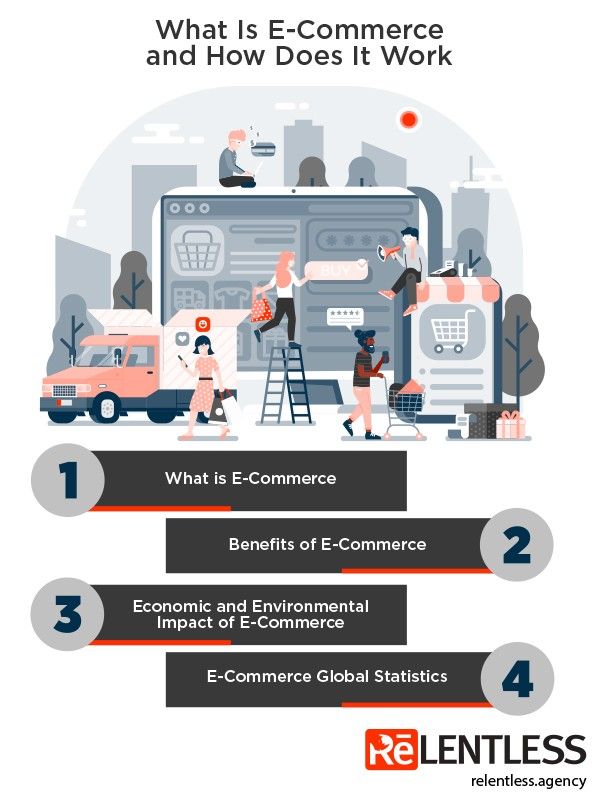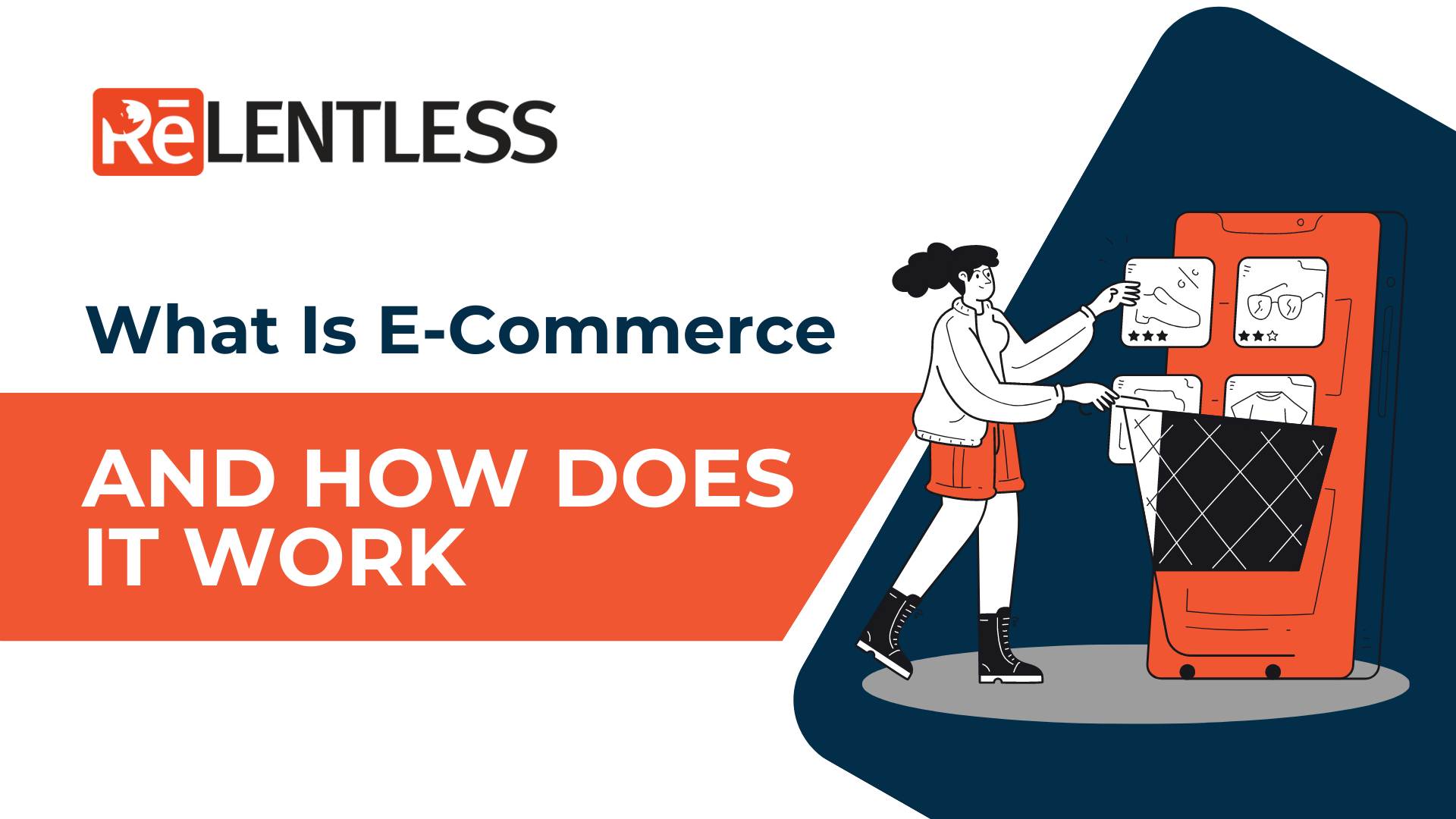Did you know that the concept of E-Commerce has been with us for over 40 years? One of the earliest popular iterations in 1979 was through television and telephone lines. Back then, it was already called “online shopping” and today, it is still a popular term used daily.
The most straightforward definition of E-Commerce (Electronic Commerce) is buying and selling goods or services through the internet. A huge number of businesses use E-Commerce to expand their client reach. Unlike brick-and-mortar stores that can only acquire clients within a certain vicinity, E-Commerce businesses can reach people around the globe as long as they have access to the internet.

What is E-Commerce
If you are curious about how E-Commerce work, let’s talk about its characteristics and requirements. What first started with television sets and telephone lines has now evolved. Modern E-Commerce would need two important digital assets, a domain name, and a web server; with these two assets, a web developer can build an E-Commerce website through coding and design skills. Once published, anyone with access to the internet will be able to view products or services online.

Conveniently, E-Commerce websites are designed to have products listed in an organized manner. Each product would have an image, description, and price. When a customer wishes to purchase, they would need to enter information that the business owner needs to deliver the product and charge them accordingly. There is also an option to purchase multiple products using the “add to cart” function, which would tally all the items they wish to purchase.
Payments can be accomplished online through various digital wallets, credit cards, or cash-on-delivery (if available). Payment methods would be dependent on what the business owner allows.
Benefits of E-Commerce
Due to the technology brought by E-Commerce, entrepreneurs now have the freedom to scale their business locally or globally. Companies can still have physical shops while having an E-Commerce storefront simultaneously.
The best thing about E-Commerce is its accessibility, convenience, and cost. For a business owner, as long as you have a knowledgeable developer who specializes in web development, you will be able to easily integrate E-Commerce into your business.
For budding entrepreneurs, building an E-Commerce business would be more economical because the upfront capital to build and maintain is minuscule compared to having a physical storefront.
Having E-Commerce integrated can also be beneficial for consumers as they experience a faster buying process, 24/7 access to the store, and easier product or price comparison.

Economic and Environmental Impact of E-Commerce
Decades of continuous improvements to E-Commerce led the economy to faster-paced transactions; consumers are now, more than ever, empowered to shop online on a global scale.
Manufacturers and wholesalers have increased production efficiency and sales due to easier transactions from their buyers. Retailers became more flexible regarding business startup costs, overall logistics, and sales management.
From a macro perspective, E-Commerce also has a positive impact on the environment, it reduces carbon emissions by around 17% because most online companies rely less on physical store locations. These companies usually employ people remotely which effectively reduces the carbon footprint caused by transportation.

E-Commerce Global Statistics
Globally, the estimated growth of the E-Commerce market is expected to surpass $6.5 trillion. Also, due to the recent challenges brought by the pandemic, more and more people are learning how to shop online. Over 27% of the world’s population have participated in this online activity, which means around 2 billion out of 7.7 billion have used E-Commerce to a certain extent.
Although traditional retail sales have recently plummeted due to unforeseen events, almost every country has experienced exponential growth in E-Commerce sales. China still leads the global market with 46.3% of all E-Commerce retail sales worldwide, while the U.S. and the UK come second and third respectively.

As for the mode of payment, according to Statista the most popular payment methods since 2021 are contactless by nature. Digital wallets like the first spot with a global transaction of 49%, followed by credit cards at 21%, then debit cards at 13%. As you can see, contactless transactions are rising in popularity which means E-Commerce will only grow more in the coming years.






